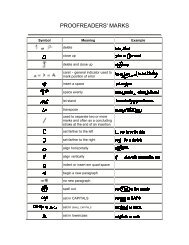View - Martin Kröger - ETH Zürich
View - Martin Kröger - ETH Zürich
View - Martin Kröger - ETH Zürich
You also want an ePaper? Increase the reach of your titles
YUMPU automatically turns print PDFs into web optimized ePapers that Google loves.
THERMODYNAMICALLY ADMISSIBLE REPTATION MODEL<br />
1313<br />
FIG. 17. Steady-state values of the dimensionless planar extensional viscosity p1 along the direction of<br />
extension z and p2 along the neutral direction y as functions of dimensionless extensional rate with the<br />
parameter values as for Fig. 13.<br />
<br />
viscosity p2 not shown is the<br />
p1 , which is similar to the transient viscosity in<br />
uniaxial extension. The model predicts overshoots at medium and high extensional rates.<br />
V. CONCLUSION<br />
A new thermodynamically admissible reptation model that includes chain stretching,<br />
double reptation, and convective constraint release, and that avoids IA approximation is<br />
numerically investigated for transient and steady properties in shear and extensional<br />
flows. Quantitative comparisons are made with experimental data of entangled PS solution<br />
in shear flows. We find that the model is able to capture qualitatively, or quantita-<br />
FIG. 18. Dimensionless planar extensional viscosity p2 along the neutral direction y versus dimensionless<br />
time after startup of steady planar elongation at many dimensionless elongational rates with the parameter<br />
values as for Fig. 13.





